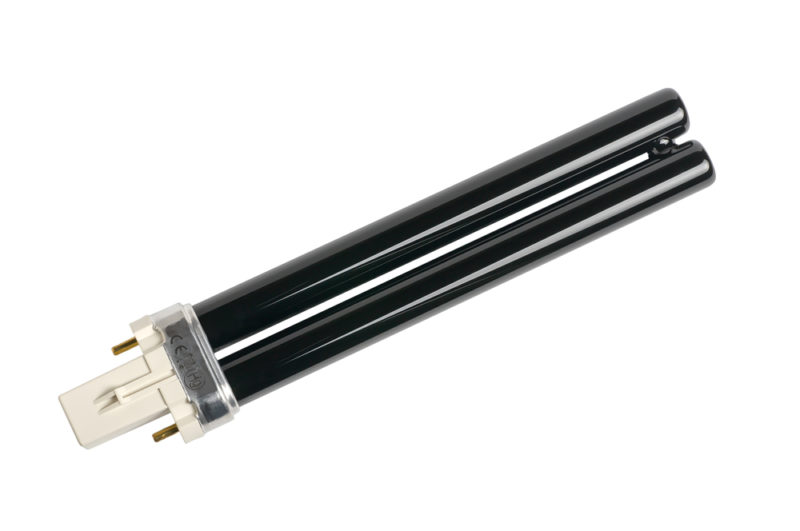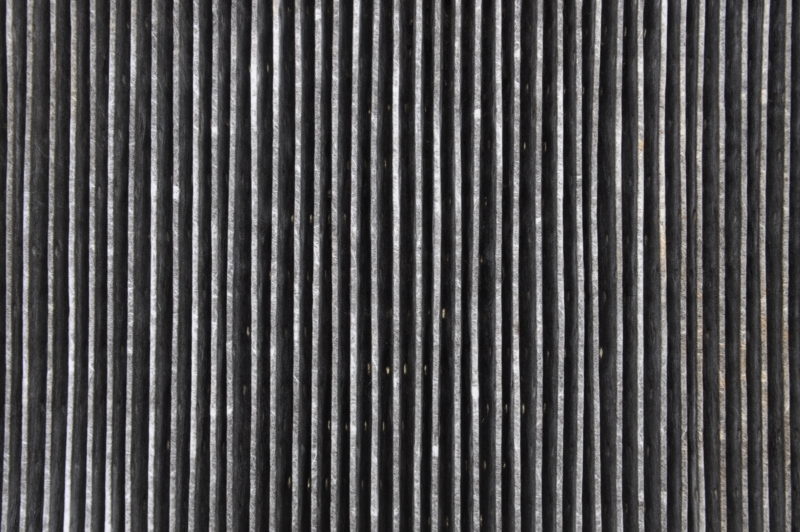
by GroupM7 | Nov 20, 2017 | Blog
What Does REME technology mean for Longview TX? Feb 3, 2012 With the chill of winter on the horizon for the Longview, Texas, area, you might be thinking about ways to eliminate viruses, bacteria and allergens indoors. One of the easiest ways to keep your home healthy...

by GroupM7 | Nov 16, 2017 | Articles
4 Expensive HVAC Repairs You Can Avoid Nov 16, 2017 Having the air conditioner break down is one of the most inconvenient, expensive issues that homeowners in Tatum, Texas, will face. You can prevent most expensive AC repairs by investing in regular preventative...

by GroupM7 | Nov 10, 2017 | Blog
What Does REME technology mean for Longview TX? Feb 3, 2012 Part of being an Overton, Texas, homeowner is regular home maintenance. With chilly weather quickly approaching, it’s time to change your furnace filter. It’s important to choose the correct furnace filter to...




